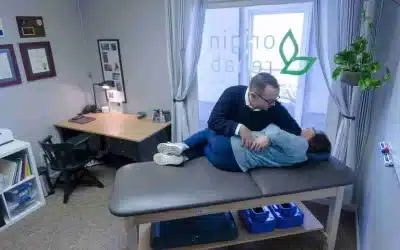As the weather warms up and spring blooms around us, many of us eagerly head outdoors to tend to our gardens and tackle our yard work. However, for some, the...
Back pain
Preventing Back Injury in Caregivers: How to Help Getting Out of a Chair
You are a caregiver, a giver of care. You are a member of a community who intentionally sets their needs aside to address the needs of others. This is a noble calling. However, I’m going to keep the...
The Hidden Cause of Your Constant Neck & Upper Back Pain
Neck pain and upper back pain may be two of the most common ailments people experience. From struggling to move your neck, to worrying about the position you sit in on your favorite sofa, pain in...
Why Back Pain Isn’t “NORMAL” Even if You’re Getting Older
Back pain: very few people go through life without feeling its debilitating effects. From dull aches to sharp, stabbing sensations, back pain can afflict many of us in various ways. For a some...
Tips for Avoiding Back Pain While Driving This Season
There’s something about driving, isn’t there? The long roads, the beautiful landscapes, great music on the stereo, and back pain. Wait, what? Back pain? Yes, that’s right. While we all love taking...
Request An Appointment
Please fill out this form and
we will contact you about scheduling.



